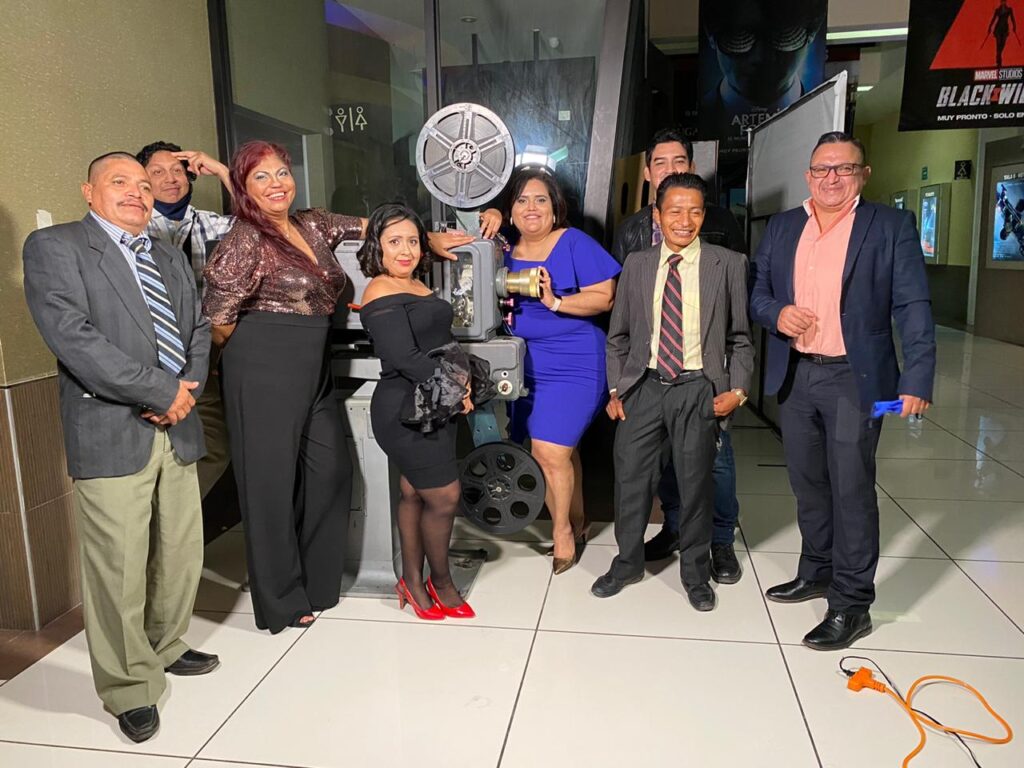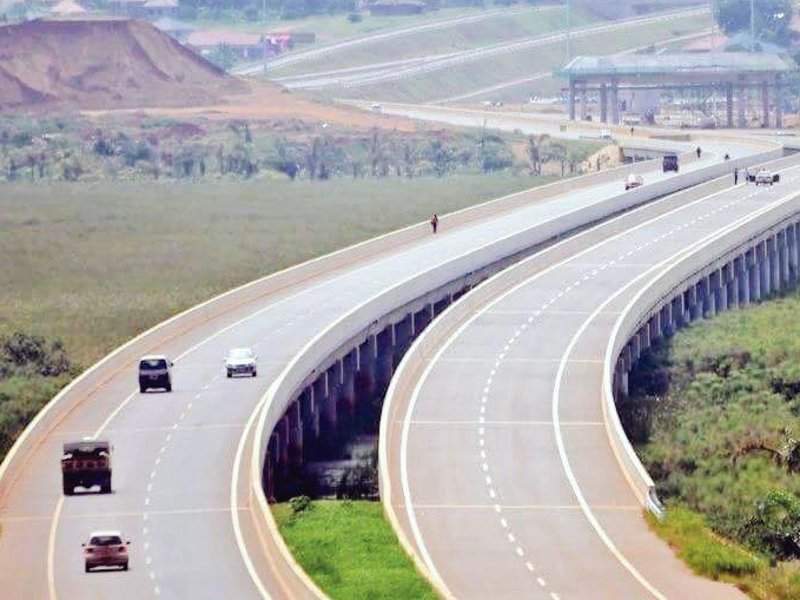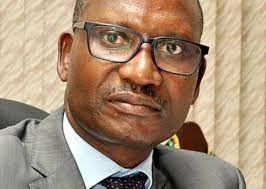TRANSPARENCY: CoST Uganda Commissions 2nd Infrastructure Transparency Index
HONDURAS|SHIFTMEDIA| When Honduran journalist Gabriel Hernández was killed on March 17, 2019, the Reporteros de Investigación (Investigative Reporters) team knew it should investigate the case. Hernández was walking toward his home in the municipality of Nacaóme, Valle department when someone shot him six times.
The 54-year-old worked for the Valle TV channel and was the director and presenter of the program “El Pueblo Habla” (“The People Speak”), where he openly criticized the mayor and the deputies of the department. In 2015, he received threats and attacks from the police, but when he requested protection measures, they were denied. “Does not qualify,” was the official response, the investigative news site said.
This was denied by a representative from the General System of Protection, the government body responsible for protecting journalists and human rights defenders in Honduras, which told LatAm Journalism Review via email that the system had no record of threats against the reporter nor of requests for protection.
The investigation of his murder, which was followed by that of a second journalist, Edgar Joel Aguilar, on August 31, 2019, led Reporteros de Investigación to publish a series called “Sicarios” (“Hitmen”) in which the team investigate high-impact crimes against journalists and others.
“The series ‘Sicarios’ talks about how there are elites that are in collusion with organized crime in the country to murder journalists and important actors in the country,” explained Wendy Funes, director and founder of Reporteros de Investigación, in a documentary about the problem titled “Élites Criminales” (“Criminal Elites”). “The surprising thing about this is that ‘maras’ (gangs) and also some armed groups from the state are used.”
The documentary, which shows the main findings of “Sicarios,” as well as the work of Reporteros de Investigación in general, was released in a movie theater in the Honduran capital Tegucigalpa on December 8. It’s now available on YouTube. The project is part of a longer-term plan to make short films that reflect the danger journalists face in Honduras.
Investigating the murders and other dangers journalists face in the country has been a central part of the work of Reporteros de Investigación since it was created in 2017, Funes explained to LJR.
“We want to follow up on this [murders of journalists] because in reality what we believe is that if we do not investigate, no one else will investigate: neither the police nor the prosecution, nobody cares,” Funes said. “If the press doesn’t investigate, no one else will.”
Her statement is not far from reality. Killing journalists in Honduras does not seem to have consequences. In the last decade, more than 80 journalists have been murdered and according to the National Commissioner for Human Rights in Honduras (CONADEH, its acronym in Spanish), 97% of these remain unpunished.
Much of that impunity is because those paying for the hits aren’t being prosecuted. Based on leaked documents, the “Sicarios” series found “that there is a market of hitmen financed by elites in the country” according to Funes. She added that this is not only seen in crimes against journalists but also against leaders like Berta Cáceres, an Indigenous human rights defender, according to the criminal investigation of the case. “There is no punishment for them,” Funes said.
“The clearest criminal signature of the lineage of politicians who are feeding the hitmen is in the crime against journalist Aníbal Barrow,” says the first installment of the “Sicarios” series. “Five years after the former head of criminal investigation Carlos José Zavala Velásquez found the bodies of the journalist and his driver, decapitated, burned, and dismembered, he testified before the Southern District Court of New York that ‘rumors were circulating that Barrow had been assassinated by order of highly ranked corrupt politicians.’ The evidence lies in file 1: 2015-cr-00174-439818 of that court. The officer identified [criminal organization] Los Cachiros as those responsible for Barrow’s death. However, he was reassigned and, therefore, could not follow up, his defense said before the Court.”
According to the “Sicarios” investigation, in the Barrow crime that occurred in 2013, only members of the “maras” were convicted despite the fact that they claimed in court to have worked with some politicians. Irregularities like this were also found in the Hernández murder, where according to some documents, the police allegedly omitted testimonies that involved politicians in the area.
So far, according to Funes, not a single mastermind in a crime against journalists in the country has been convicted. That is why she is convinced that the little justice that can be achieved is through investigative journalism.
“I do believe that at this moment only those who investigate what is happening can save us,” Funes said. “Just as colleagues did with the murders of journalists and the El Comercio team [in Ecuador].”
“We live in a region marked by impunity,” Funes explained. “More than 30 years have passed, for example, since one of the most symbolic murders in Latin America, which is the case of Guillermo Cano [Colombia], and it is still not clear what happened to him… So I believe that only the work of the press can guarantee a bit of the right to the truth that relatives, and society in general, have.”- GIJN
Silvia Higuera Flórez is a Colombian journalist who has written for the Knight Center since 2012. She reports on Latin America, human rights, and investigative journalism. She has worked with the Office of the Special Rapporteur for Freedom of Expression of the Inter-American Commission on Human Rights and had work published by Colombia’s Vanguardia Liberal, The Miami Herald, and El Nuevo Herald in Miami.








